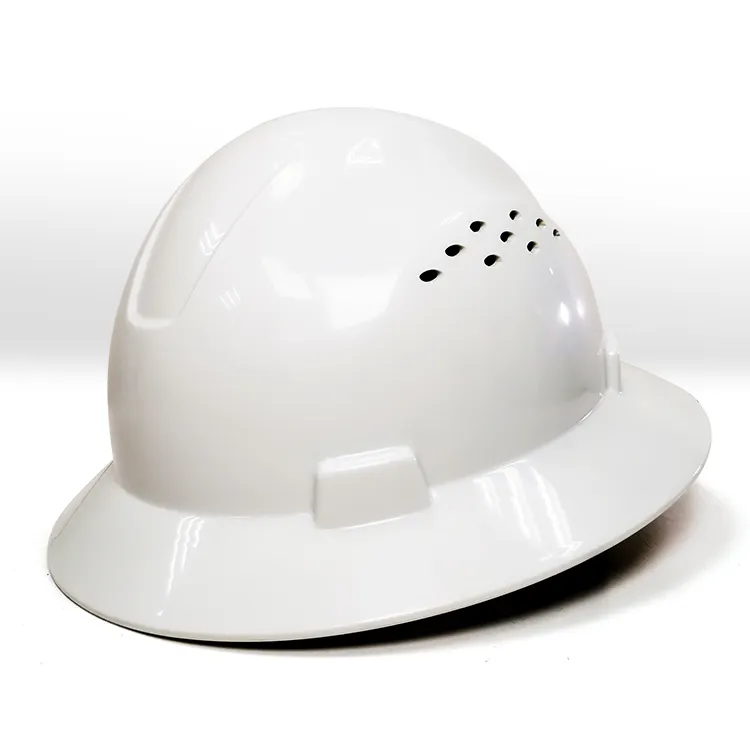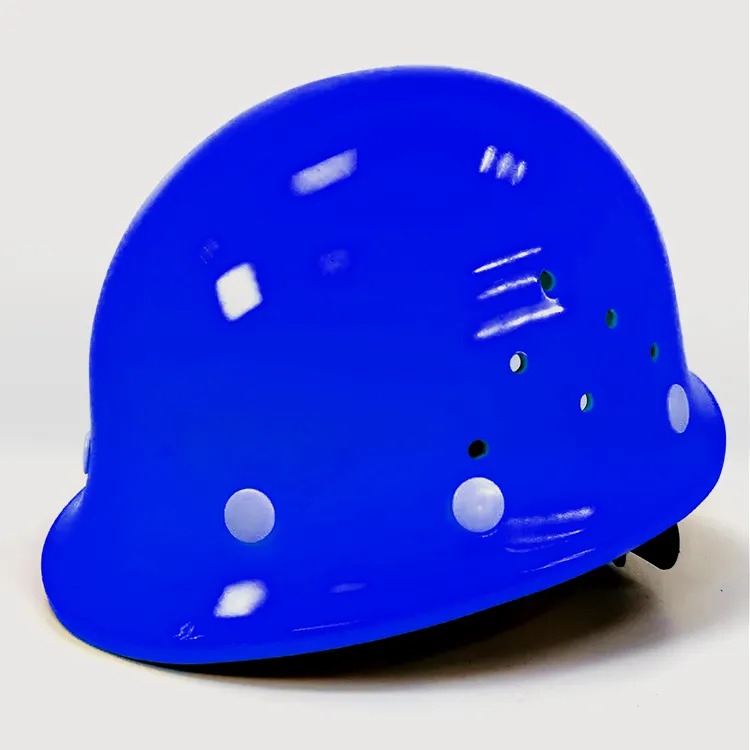Safety helmets play a vital role in protecting the lives and well-being of workers in a wide range of industries, from construction sites to factories and beyond. Here’s a closer look at how safety helmets save lives in these environments:
- Protection Against Falling Objects: In construction sites and factories, there’s a significant risk of falling objects, such as tools, debris, or building materials. Safety helmets are designed to absorb and distribute the force of impact, reducing the risk of head injuries caused by falling objects. They provide a crucial barrier between a worker’s head and potential hazards.
- Head Impact and Bumps: Workers in these environments are often in close proximity to equipment, machinery, and structures. Accidental head impacts or bumps are common occurrences. Safety helmets offer a layer of protection against these incidents, preventing head injuries, lacerations, and concussions.
- Electrical Hazards: In industrial settings, electrical hazards are a real concern. Safety helmets designed for such environments have electrical insulation properties, protecting workers from electric shock and burns in the event of contact with live wires or electrical equipment.
- Protection from Falling and Slipping: Construction sites and factories can be physically demanding, with various levels and slippery surfaces. Safety helmets often have chin straps to ensure they stay in place during physically strenuous work, reducing the risk of the helmet falling off and exposing the head to potential hazards.
- Heat and Fire Resistance: Some work environments, such as foundries or areas with welding operations, expose workers to extreme heat and flames. Safety helmets with heat-resistant materials and flame-retardant properties offer protection against burns and fire-related injuries.
- Weather Protection: Workers in construction and outdoor industrial settings face exposure to the elements, including rain, snow, and intense sunlight. Helmets with built-in rain gutters and sunshades offer protection from these weather conditions, ensuring comfort and visibility.
- Reducing the Severity of Injuries: Even if accidents occur, safety helmets can significantly reduce the severity of head injuries. A well-designed helmet can prevent or mitigate traumatic brain injuries, skull fractures, and other life-threatening conditions.
- Enhanced Visibility: Some safety helmets are equipped with reflective strips or materials to improve visibility in low-light conditions or high-traffic areas, reducing the risk of accidents.
- Promoting Safety Culture: The presence of safety helmets in these workplaces reinforces a culture of safety. When workers see their colleagues and superiors consistently wearing helmets, it encourages them to do the same, creating a safer overall work environment.
- Compliance with Regulations: Many industries have strict safety regulations and standards that require workers to wear appropriate safety helmets. Compliance with these regulations ensures that safety measures are in place to protect workers.
In construction sites, factories, and industrial settings, safety helmets are not just a piece of equipment; they are a lifeline. By reducing the risk of head injuries, they contribute to a safer workplace, lower medical costs, and, most importantly, save lives. Wearing the right safety helmet is a fundamental step in ensuring the health and well-being of workers in these environments.


